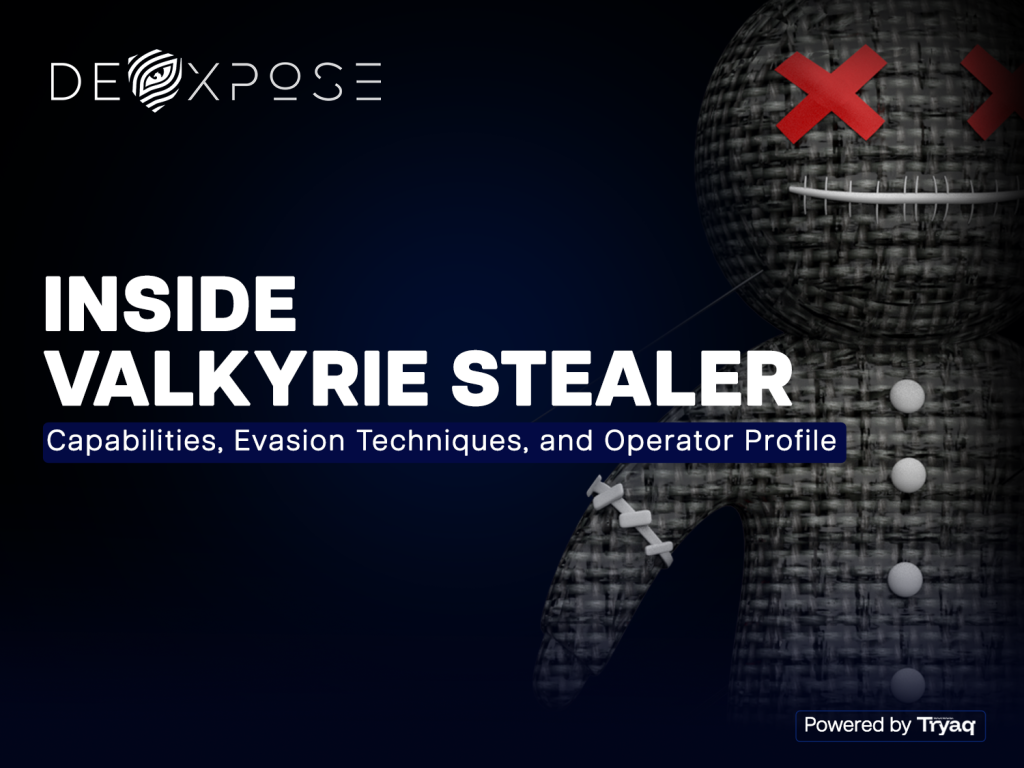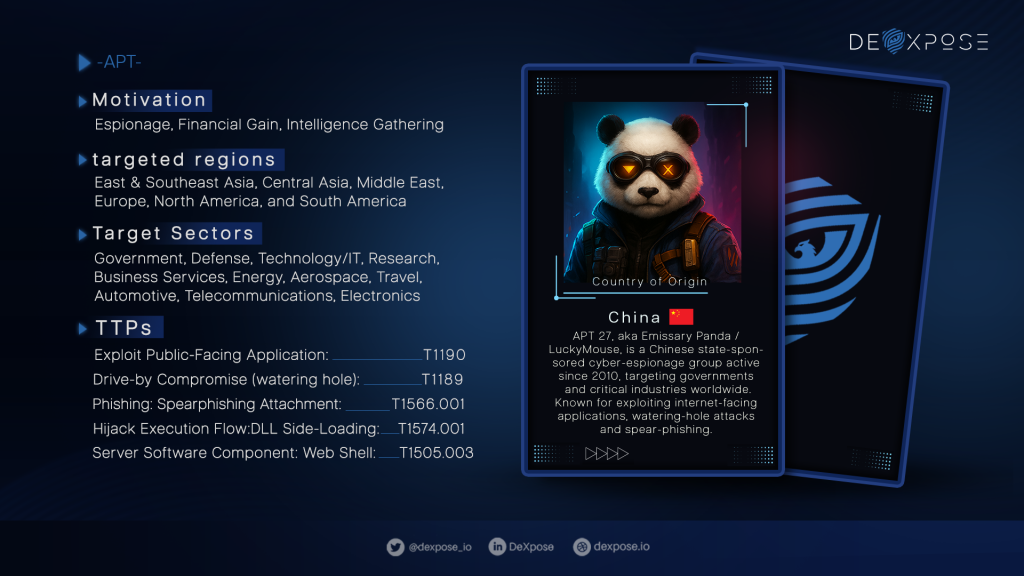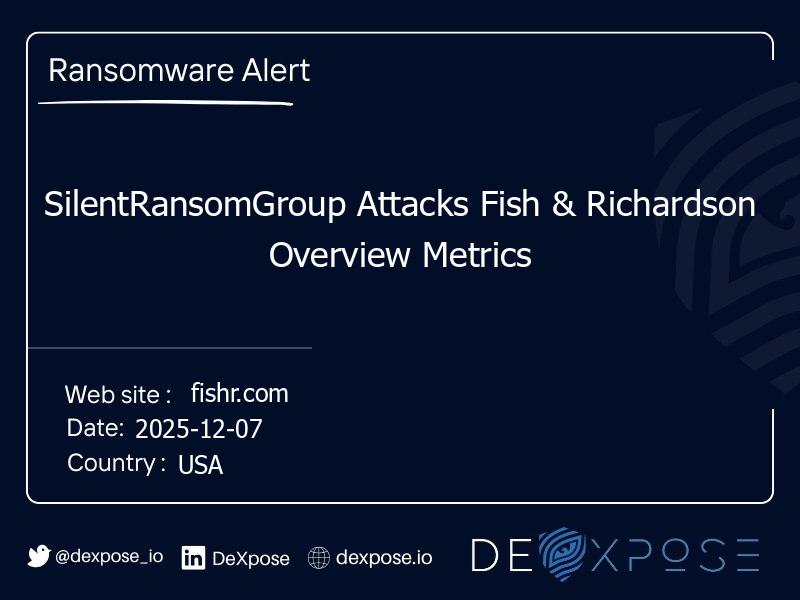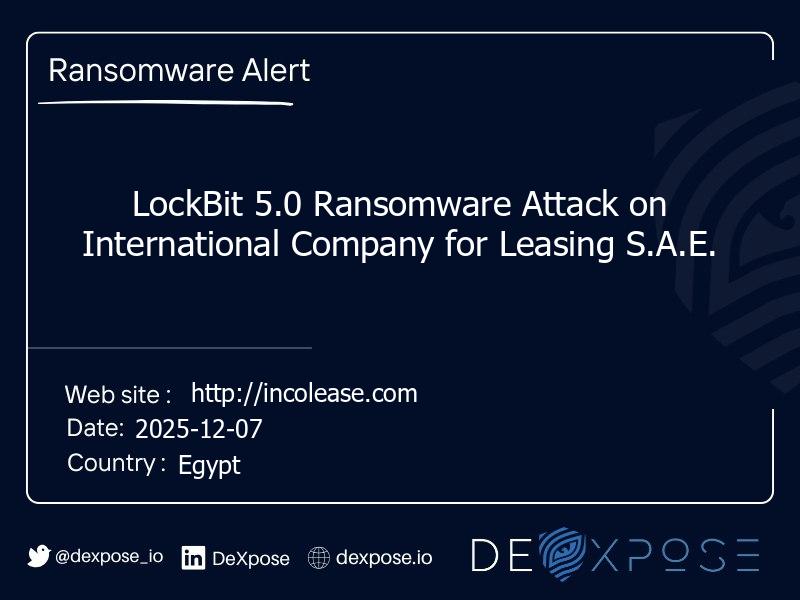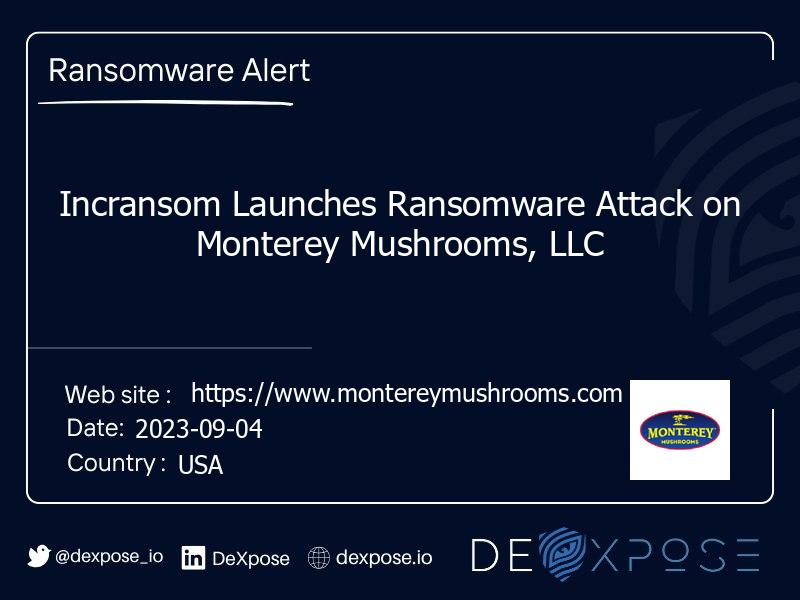Open-Source Intelligence (OSINT) transforms freely available public information into actionable insights—helping security teams, investigators, and decision-makers detect threats, verify facts, and respond more effectively. In this guide, you’ll get a clear, practical view of how OSINT works, real-world use cases (from Insider Threat Monitoring to Credentials Leak Detection), ethical guardrails, and a ready-to-use playbook to start or mature an OSINT program today.
Why this matters now: context and stakes
In a world where public data grows every minute, ignoring open signals is no longer an option. Organizations face risks that often go undetected, including leaked credentials posted on paste sites, adversary chatter on forums, compromised vendor accounts, and even negligent data exposures on social media platforms. Innovative teams utilize OSINT to identify these signals early and transform them into prioritized actions, thereby reducing the time from detection to containment and saving costly incident response hours.
How Open-Source Intelligence Works
At its core, Open-Source Intelligence is a repeatable process: collect, filter, validate, analyze, and operationalize. Below is a simplified flow:
- Collection — Gather public data from a wide range of sources.
- Filtering & enrichment — Remove noise and add context (metadata, enrichment, attribution).
- Validation — Confirm that a finding is legitimate (human review or cross-source validation).
- Analysis — Turn validated data into a risk score, timeline, or recommended action.
- Action — Notify stakeholders, block indicators, remediate exposed accounts, or escalate to IR.
Primary OSINT sources
- Public web pages, news, and archives
- Social platforms and user-generated content (Social Media Intelligence)
- Paste sites, code repositories, and leak repositories.
- Dark web marketplaces and private forums (darkweb search, Dark Web Scan)
- Public records, certifications, and company filings
- Technical telemetry like SSL certificates, DNS records, and IP history
Social Media Intelligence: an essential OSINT pillar
Social channels are a rich source of intent, exposure, and behavioral signals. Social Media Intelligence (SMI) helps teams discover insider indicators, leaked information, coordinated disinformation, or posts that validate a threat actor’s claims.
- Use cases: rapid verification of claims, tracking targeted campaigns, or confirming phishing lures.
- Best practice: combine automated monitoring with human review to avoid false positives from satire or benign posts.
Dark web reconnaissance: real risks, practical scanning
A Dark Web Scan looks for exposed credentials, pilfered databases, and private marketplace listings. While not every finding is equally actionable, the presence of company assets on the dark web often precedes fraud and account takeover.
- Practical tip: combine dark web alerts with internal telemetry e.g., correlate a leaked credential with an unusual login attempt.
- Note: darkweb search methods should respect legal boundaries; collect indicators (email addresses, hashed passwords, domain names) and prioritize validation.
High-value use cases (how organizations profit from OSINT)
1. Insider Threat Monitoring
OSINT complements interior monitoring by revealing external indicators that suggest insider risk—such as attempts to sell proprietary data or unusual social posts hinting at disgruntled behavior.
2. Credentials Leak Detection
When credentials appear on paste sites or leak repositories, rapid detection enables forced password resets, MFA enforcement, and targeted communications to affected users.
3. Cyber Threat Analysis
Security teams utilize shared threat reports, actor infrastructure, and campaign artifacts to enhance threat intelligence and anticipate adversary movements.
4. Brand Protection & Fraud Prevention
Monitor for fake domains, phishing pages, or counterfeit listings that impersonate your brand and mitigate customer-facing risk.
5. Due Diligence & Vendor Risk
OSINT tools help validate vendor claims, find prior breaches, and surface third-party exposures before contracts are signed.
Tools & techniques: from manual to automated
There’s no single “right” stack—effective OSINT programs mix human expertise with automation.
Top Open-Source Intelligence Tools & Techniques
- Focused search queries and advanced Google/DuckDuckGo operators for targeted collection.
- Automated crawlers and APIs that index paste sites, forums, and marketplace listings.
- Enrichment services for email, domain, and IP reputation.
- Correlation engines to match indicators from multiple sources and reduce noise.
- Analyst platforms that combine alerts, case management, and playbooks.
Note: Avoid relying on a single vendor or a single source of truth. Diversify sources and validate high-severity findings with at least one human analyst.
A practical OSINT playbook: detection → triage → response

Below is a straightforward playbook your team can adopt immediately.
Detection (automate)
- Configure continuous monitoring for corporate domains, executive names, and critical assets to ensure optimal security and compliance.
- Include Dark Web Scan feeds and paste-site crawlers.
- Add targeted social monitoring for executive mentions and product-related keywords.
Triage
- Assign risk levels: Public exposure, Credential leak, Vendor compromise, Brand impersonation.
- Validate samples: Test a leaked credential via interior logs (do not attempt to log in publicly).
- Enrich with context: Link to affected systems and impacted users.
Response (act)
- Contain: force password changes, enforce MFA, revoke API keys.
- Communicate: notify affected users and stakeholders with a clear remediation checklist.
- Document: create a timeline and preserve evidence for compliance or legal teams.
OSINT sources vs value vs immediate action
| Source Type | Typical Findings | Immediate Action (within 24 hours) |
|---|---|---|
| Social platforms | Phishing lures, executive doxxing, campaign coordination | Take down request, monitor additional chatter, notify PR/IR |
| Paste sites & leak repos | Plaintext credentials, database extracts | Validate, force password reset, enable MFA |
| Dark web marketplaces | Vendor data, internal documents for sale | Validate, escalate to legal, notify affected parties |
| Public web & news | Vulnerability disclosures, expired certs | Patch/renew, add to backlog, notify ops |
| Technical telemetry (DNS/SSL) | New subdomains, changed IPs | Block/monitor, add to allow/block lists |
| Public records | Ownership changes, filings | Update asset inventory, re-evaluate trust |
Practical checklist
- Identify 10 priority monitoring targets (domains, execs, vendor domains).
- Set up automated alerts for paste sites and dark web mentions.
- Integrate validation steps into the SOC triage playbook.
- Create a communications template for incidents involving credential exposure.
Data enrichment & correlation: turning noise into signal
Raw OSINT hits are noisy. Dexpose helps streamline enrichment steps like resolving an IP’s ASN, checking a domain’s WHOIS history, or matching a username pattern to better weight a finding. Correlation (e.g., linking a leaked email to an observed login spike) then turns these disparate signals into a high-confidence alert.
Pro tip: Keep enrichment queries bounded and cached—over-querying third-party enrichers can cause rate limits and slow triage.
Privacy, legality, and ethical guardrails
OSINT operates in public spaces, but ethics and legality still matter:
- Respect laws and platform terms. Don’t access private content or attempt unauthorized logins.
- Minimize data retention. Store only what’s needed and securely delete raw dumps after validation.
- Human-in-the-loop. Use analysts to interpret ambiguous findings—automated systems can misclassify satire or false claims as genuine.
- Transparent policies. Have a written policy describing monitoring scope and redress processes for false positives.
Integrating OSINT into existing security operations
OSINT is most potent when it integrates with your SIEM, ticketing system, and incident response playbooks.
- Feed validated indicators into blocklists and EDR tools.
- Create automated tickets for high-severity detections with pre-populated remediation steps.
- Train SOC staff on OSINT evidence handling what to escalate, and what to archive.
Example: automated remediation flow
- Dark web alert detected for corporate email.
- System enriches and checks if the email appears in internal logs.
- If correlated, automatically create a high-priority ticket, force a password reset, and notify the user.
Measuring impact: KPIs that matter
Track outcomes, not just alerts. Useful metrics include:
- Mean time to detect (MTTD) for exposed credentials.
- Mean time to remediate (MTTR) after OSINT detection.
- Number of incidents prevented (blocked attacks traced to OSINT discovery).
- Reduction in phishing click-through rates after proactive takedowns.
These KPIs prove value to leadership and fund future program growth.
Common pitfalls and how to avoid them
- Over-automation without validation — False positives lead to wasted remediation work. Oracle Breach Check helps mitigate this by requiring an analyst to sign off on high-impact actions.
- Single-source dependency — If one feed fails, visibility drops. Mitigate: diversify feeds and cross-validate.
- Ignoring privacy & legal risks — Aggressive collection can create liability. Mitigate: consult legal and document scope.
- Poor communication with business units — Alerts become ignored if they’re irrelevant. Mitigate: Map alerts to business impact and tailor communications accordingly.
Building a small, effective OSINT team
You don’t need a large team to start focus on capability and process.
- Analyst (1–2 people): Validate findings, prioritize incidents, craft reports.
- Engineer/Integrator (1 person): Connects feeds, builds enrichment pipelines, and automates processes.
- Owner/Stakeholder: A manager in security or risk who sponsors policies and cross-team workflows.
Train your team on evidence handling, source reliability, and communication templates to speed response.
Use Case Deep Dive: Credentials Leak Detection and the User Journey
When a credential set appears publicly, the steps below reduce exposure:
- Detection: An automated crawler flags a username/password pair associated with a corporate email address.
- Validation: Enrichment confirms the domain and compares password soup to internal records (no login attempts are made in public).
- Triage: risk scored based on privileged access, account age, and MFA status.
- Action: force reset, temporary lockout, and targeted user communication with remedial steps.
- Follow-up: Review logs for signs of account abuse and update detection rules accordingly.
If you’re ever asked to “check if email is compromised,” this is the sequence you should expect—automated detection followed by safe validation and remediation.
Example toolset
- Search operators + notebook: For custom queries and repeatable searches.
- Paste-site crawlers & leak repositories: For Credentials Leak Detection and paste discovery.
- Dark web scanners: To discover marketplace and forum listings.
- Threat enrichment APIs: IP/domain reputation and malware attribution.
- Case management platform: To manage evidence, actions, and post-incident review.
Putting it into practice: a 30–90 day starter plan
Days 1–14: Inventory, select 10 top assets to monitor, set up basic automated feeds (paste sites, social keywords).
Days 15–45: Build enrichment & correlation rules; define triage thresholds; test playbooks with tabletop exercises.
Days 46–90: Integrate with SIEM/EDR, measure MTTD/MTTR improvements, and expand monitoring to vendor set and critical subdomains.
Ethics & compliance checklist

- Confirm monitoring scope with legal.
- Inform executives of potential discovery types and response plan.
- Avoid collecting personal information beyond what’s necessary to validate a threat.
Realistic expectations: What OSINT will and won’t do
- Will: Surface public indicators, shorten detection time, and provide supporting evidence for investigations.
- Won’t: Replace internal telemetry or prevent every attack OSINT augments, it does not replace robust controls like MFA and least-privilege.
Final thoughts
Open-source signals are frequently the earliest indicators of compromise, reputational attack, or vendor risk. A disciplined OSINT program built on diverse sources, human judgment, and measured automation—reduces risk by detecting exposures that internal monitoring alone can miss. Whether your immediate goals are Insider Threat Monitoring, proactive Cyber Threat Analysis, or verifying whether an account has leaked credentials, OSINT is a strategic capability that leverages public data to create a defensive advantage.
- Run a quick Dark Web Scan for your corporate domains and executive emails today.
- Add three paste-site feeds to your monitoring stack.
- Update the SOC playbook to include an OSINT validation step before auto-remediation.
- Teach users how to check if an email is compromised using secure internal tools; avoid public testing that can expose them to additional risk.
Frequently Asked Questions
1. What is the difference between OSINT and threat intelligence?
OSINT focuses on information collected from public sources, while threat intelligence combines OSINT with proprietary feeds, internal telemetry, and analyst context to produce actionable operational recommendations.
2. Can OSINT stop a data breach on its own?
No OSINT helps detect exposures earlier, but must be paired with controls like MFA, rapid incident response, and patching to prevent and contain breaches.
3. Is dark web monitoring legal and safe?
Yes, when it uses public or legally accessible sources and does not involve accessing private systems. Always follow platform terms and legal guidance.
4. How quickly should I act on a leaked credential alert?
Treat leaked credentials as a high priority: validate within hours and, if confirmed, force a password reset and enable MFA immediately.
5. Can I use OSINT to monitor third-party vendors?
Yes. OSINT is effective for vendor due diligence by surfacing past incidents, leaked data, and public signals that indicate risk.

